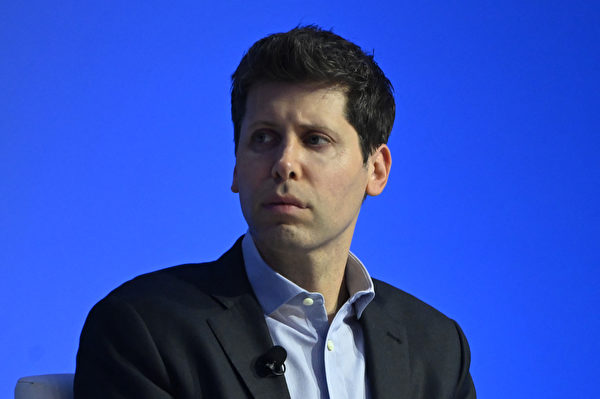
On November 17 last year, OpenAI CEO Sam Altman was fired, which shocked the technology world. Drama continued in the following week. First, Microsoft opened its doors, and Microsoft CEO Satya Nadella issued a message expressing welcome to Artman to join and create a new AI team. Then, OpenAI employees collectively expressed that they would advance and retreat with Artman, and sent a letter to the three OpenAI There were three CEO changes in one day, and it ended with Altman returning to the CEO position and the board of directors being reorganized.
Although the drama was exciting for everyone to watch, there is a fundamental question: How could Microsoft, the “largest investor” quoted by many media outlets, not know anything about it beforehand?

This OpenAI is not that OpenAI
In general business operations, the largest investor generally owns the largest number of shares, controls the board of directors, and therefore controls management rights. So, in the big drama that everyone has been watching recently, how come the “largest investor” has no control over the management rights at all?
I believe that the above questions should be puzzled by many “melon-eating people”.
In fact, the answer is very simple, that is, “this OpenAI is not that OpenAI.”
OpenAI, which fired Atman, is the parent company OpenAI, Inc.; while Microsoft invested in OpenAI Global, LLC. Paired with the organization chart below from OpenAI, you can see it clearly.

Moreover, Microsoft may be the investor with the largest amount of capital, but according to the organization chart published by OpenAI itself, Microsoft is not the “largest investor”, but only an investor with “Minority economic interest”, and the “Majority owner” is still owned by the parent company. Controlled by OpenAI, Inc. It was the board of directors of OpenAI, Inc. who announced the removal of Atman on November 17 last year (the evidence is as shown in the screenshot below), so isn’t it reasonable for Microsoft to be unaware?
As for the amount of capital invested but not the “largest investor”, this should be related to the company’s valuation. The company’s value is calculated using “valuation” to calculate the shareholdings of all parties when raising funds. This is a common practice used by unlisted companies when conducting private placements. In order to focus on the theme to be discussed this time, I will not elaborate further. This part will be discussed in another article when the opportunity arises.
Distinguish the essence behind the appearance
Once we understand that the “OpenAI” mentioned in many reports is actually OpenAI Inc. and OpenAI Global, there will naturally be no more “puzzles” or other “inferences”. This is the “essence” behind the “appearance”.
This reminds me of the valuable first lesson I learned as a newcomer in the financial industry more than 20 years ago from my “former executive”: “Don’t make false statements, do real analysis.”
As readers may know, when we analyze whether a company is worthy of investment or credit, reviewing its financial statements is a very important part of analyzing the company’s operating conditions. But before delving into the company’s financial ratios, profit figures, and cash flows, a more important “fundamental question” is: Are the financial statements in your hands true?
If this financial statement is the result of “beautification”, no matter how much analysis is done, it will only be a “beautification” result based on the “beautiful” information, but it is not the company’s true operating results. Such analysis, no matter how proficient in various analytical techniques, does not have “substantial” meaning. Wasn’t the “Boda case” a lesson in false financial reporting?
Therefore, although “Don’t make false statements, do real analysis” is just a simple statement, how many “professional managers” will carefully remind themselves of such a simple “fundamental issue” before analyzing financial statements?

Going back to the OpenAI incident, it is clear that the “OpenAI” in the public’s mouth is actually two companies, OpenAI Inc. and OpenAI Global. You will not wonder why Microsoft did not know about it in advance? And why is the “largest investor” not a director? This is the “essence behind the appearance.” This incident triggered numerous “discussions” and proved the importance of “the essence behind the appearance”; not to mention that Microsoft, an investor with “Minority economic interest”, was described as the “largest investor in OpenAI”, which is simply a mistake. statement.
He spent a lot of space explaining the importance of “clearly discerning the essence behind the appearance” and the seemingly simple truth of “don’t make false reports, do real analysis”. I hope that the first lesson the author has learned above in life and work can also become a valuable asset for you in your future life or work.





